The word originates from the Italian word “Facciata” which stands for “the front of a building”. The word Facade is used to define the external face of the building usually the front or the main face of the building. It is an extremely essential part of any building as not only does it make your property appear more visually appealing, but it also acts as the primary barrier to protect the building from external factors like rain, snow, heatwaves etc. In this blog, we will discuss about 10 types of facades for buildings.
Post your Requirement
Why Is A Facade Necessary?
Before deciding on the type of facade you want for your building, one must know its benefits.
- High Energy Performance: A well-structured facade focuses on maximising the usage of natural sunlight for illumination during the day and creates insulation to keep the temperature comfortable and constant to minimise the heating and cooling costs. This makes your building more energy efficient and ensures long-term savings in the energy department.
- Additional Strength And Durability: The creation of a facade over the front or the face of the building makes it less susceptible to damage from natural elements like rain, snow, sunlight etc. This reduces the damage caused by these elements and increases the life of the exterior of the building and its structure.
- Aesthetic Appeal: As mentioned above, the facades create an inviting and interesting entrance to the property. This helps boost your business and also makes your home stand out from the crowd of homes in your society. This not only leads to a visual value but also increases the economic value of the property.
10 Types Of Facades For Buildings
There are multiple different types of facades of buildings, top 10 of these are discussed below-:
1. Lightweight Facade:
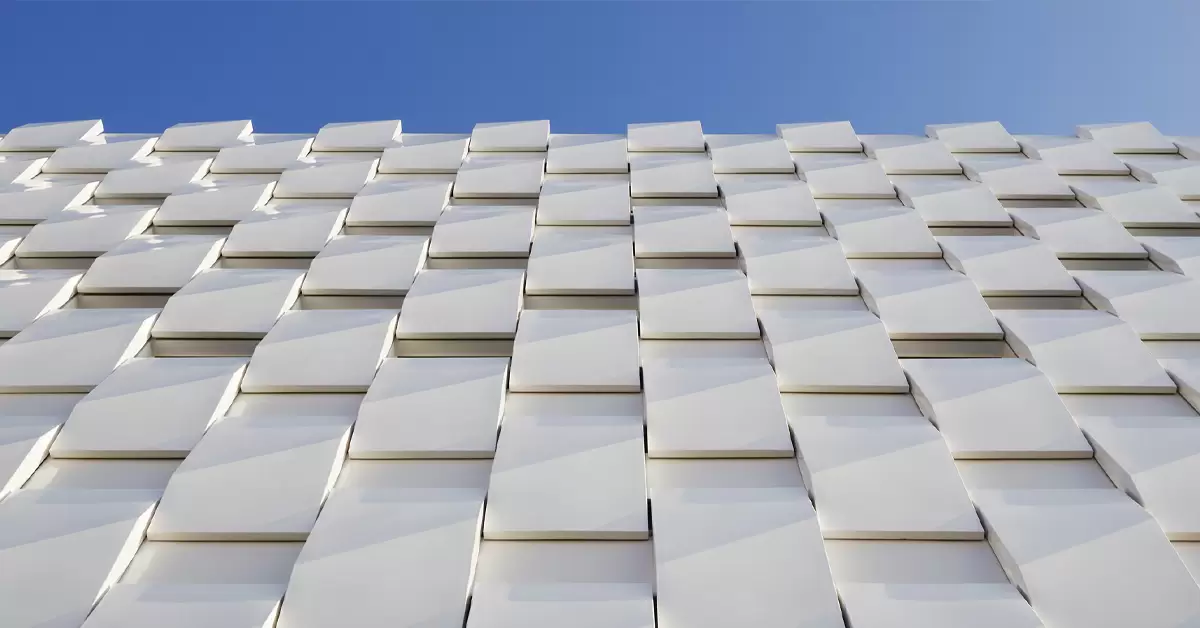
This type of facade is not structurally integral to the building and is not a structural part of the comment. This facade is built in a way that supports the weight of the facade itself. Usually, a mixture of glass and metal is used in combination for cladding. These facades are easy to install and also allow a major amount of natural light to pass through. They do not provide high insulation from heat or cold have a higher maintenance cost in the long term and are usually installed in medium to high-rise office buildings.
2. Curtain Wall:
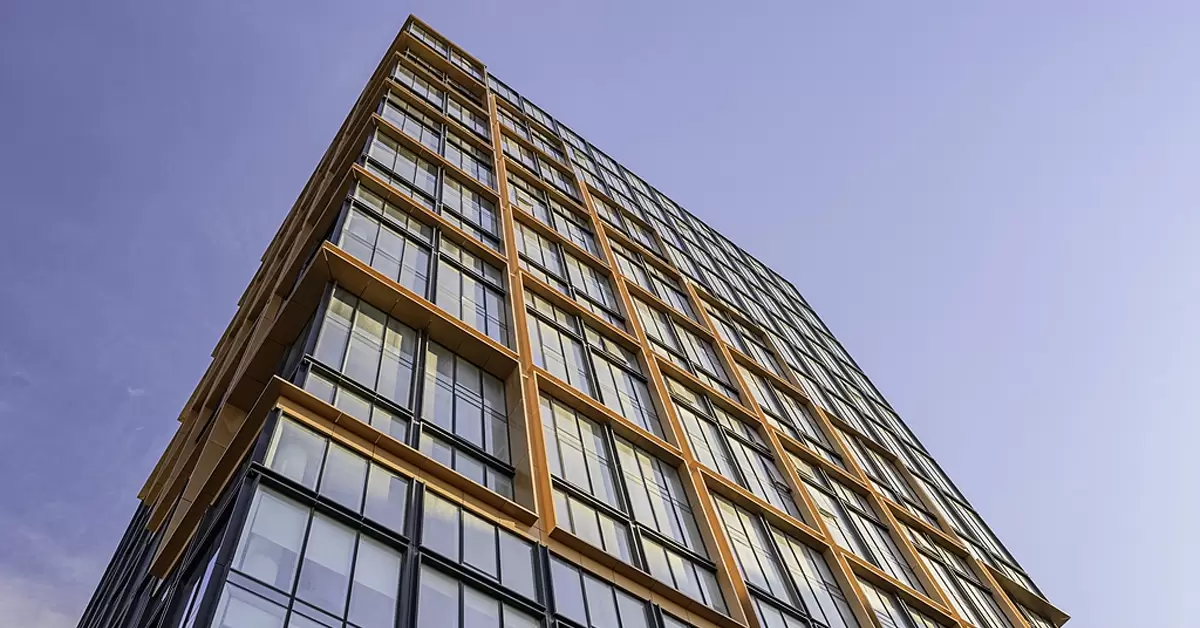
This is a type of lightweight facade that is often put to use in large multi-story buildings. They often feature the use of glass as it allows for the most transfer of natural sunlight. This kind of facade only manages to hold its weight and does not provide any structural strength to the building. The biggest drawback of using glass in the facade increases the solar heat inside the building. Curtain facades can also be made from stone and metal panels.
3. Panel Facade:
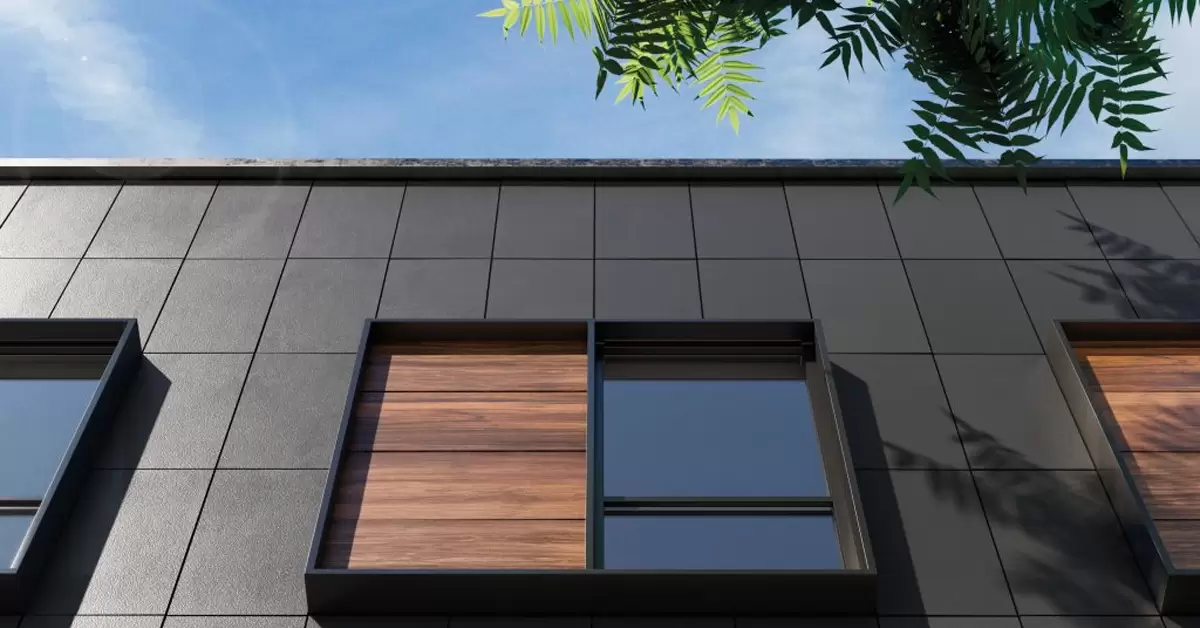
As the name suggests, this kind of facade is made out of individual panels. These kinds of facades are easy to customise into different shapes and designs. This facade provides a high amount of insulation and offers great acoustic quality by stopping outside to enter the interior of the building. These facade panels require minimum maintenance and are easy to change or maintain as they can be replaced individually. Panel Facades are suitable to be used in commercial and residential high-rise buildings.
4. Heavyweight Facade:
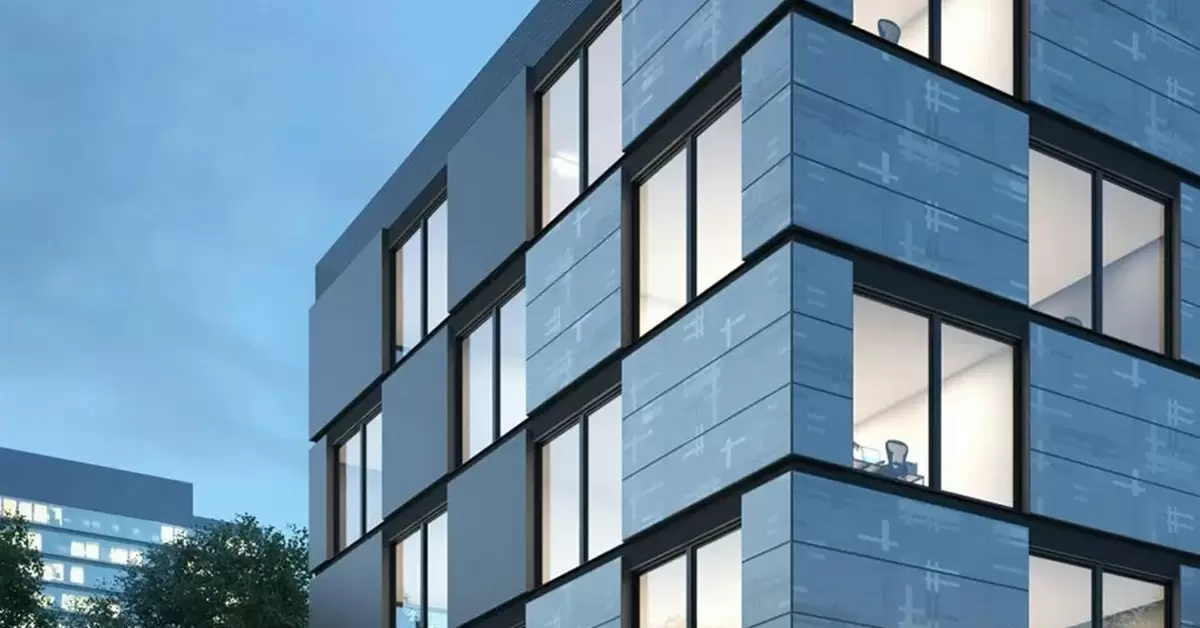
Heavyweight facades are heavier as compared to other types of facades. These facades can be designed to be integral to the building if intended. This kind of facade is well-known for its durability and resistance to harsh natural conditions like storms etc. They also offer great sound insulation and due to their weight are less susceptible to damage from vibrations or physical impacts. Heavyweight facade is usually used for buildings that heavy traffic and they also add to the structural integrity of the building ensuring its long life.
5. Prefabricated:
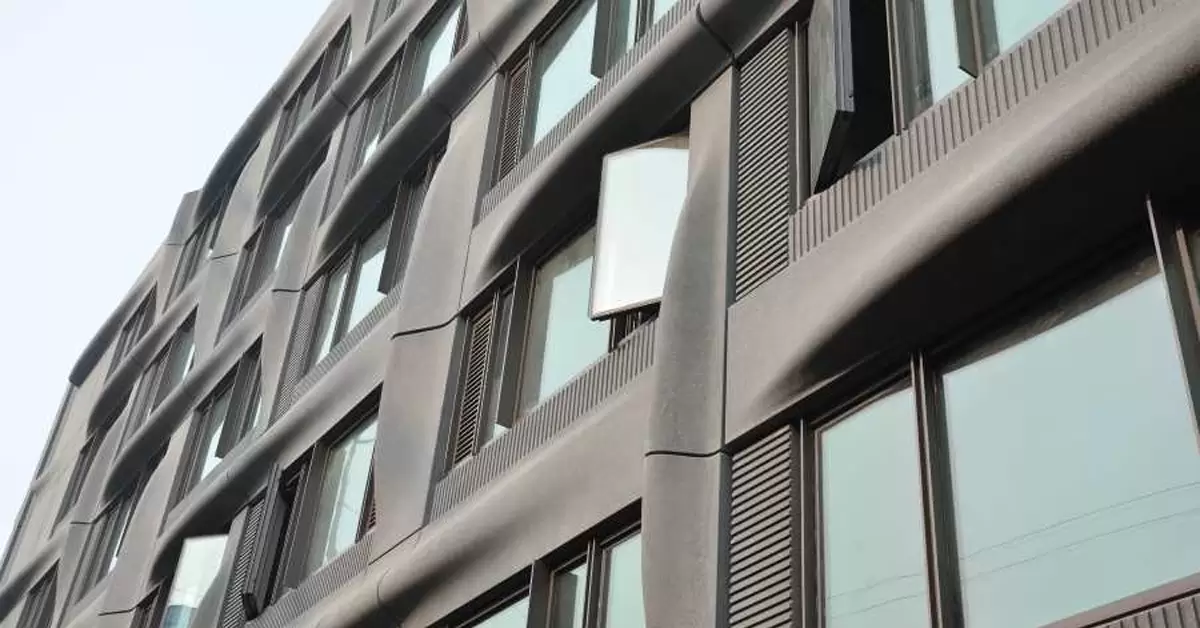
These are also known as modular facades as they are exterior panels that are assembled off-site and later installed on the site of the building. As these facades are made offsite they have a higher quality and precision. As the only installation of the facade needs to take place on the site, it claims to offer a faster installation. However, when it comes to the transportation of these facade panels, unforeseen delays in transport and manufacturing can cause delays that may cause losses.
6. Traditional:
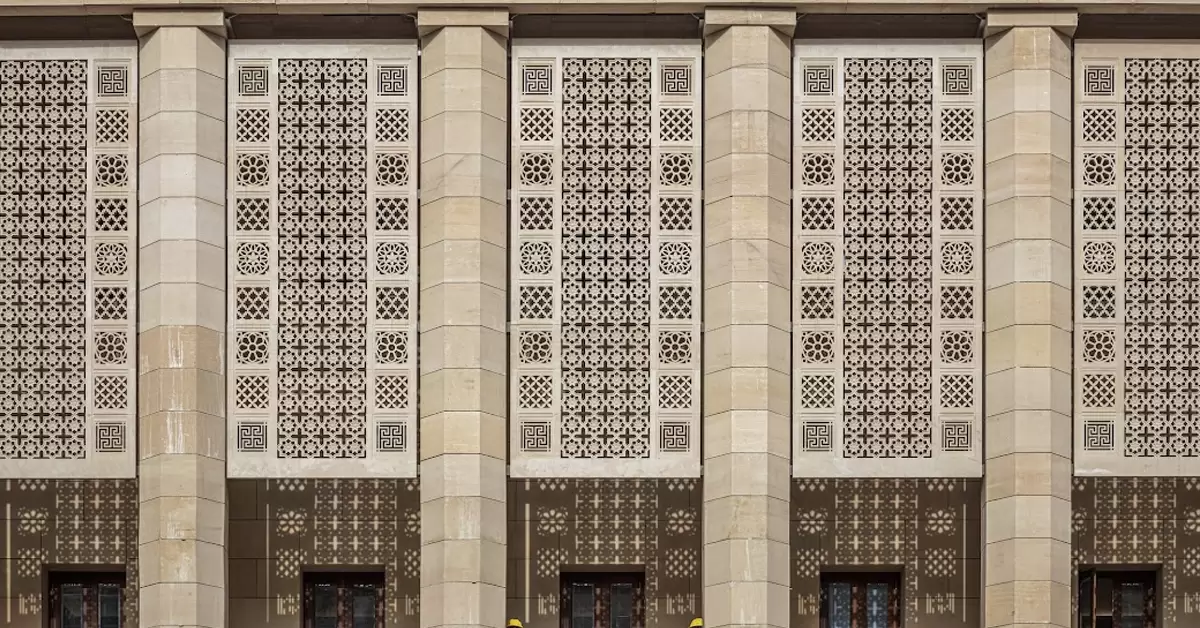
These facades are made using traditional materials like stone and brick. They are used in commercial and residential properties that aim to provide a more historic and traditional effect to their property. These facades are heavy and often also serve as structural support for the building. These facades are time-tested and have a high resistance to natural elements and factors. They are mostly suited for residential buildings and small areas of large-scale buildings.
7. ETI Systems:
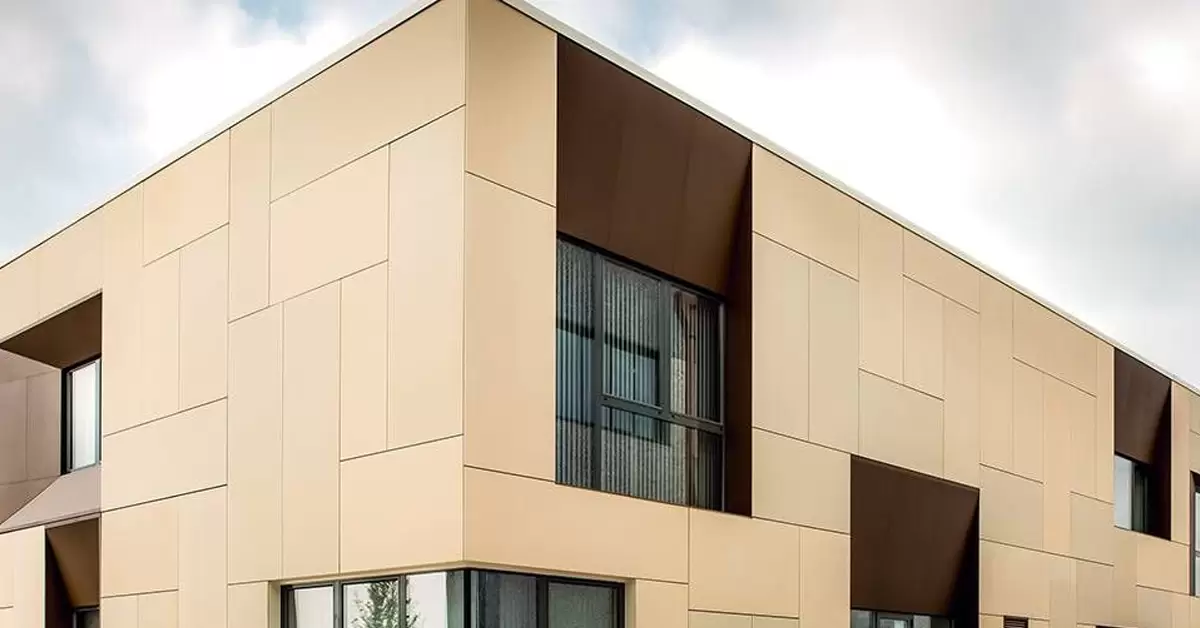
ETI stands for (External Thermal Insulation), these facades consist of an insulation material around the entire structure which is then covered up by bricks, mortar etc. The insulation material is then covered up a facade to protect and also increase the aesthetic quality of the building.
8. Rainscreen Cladding:
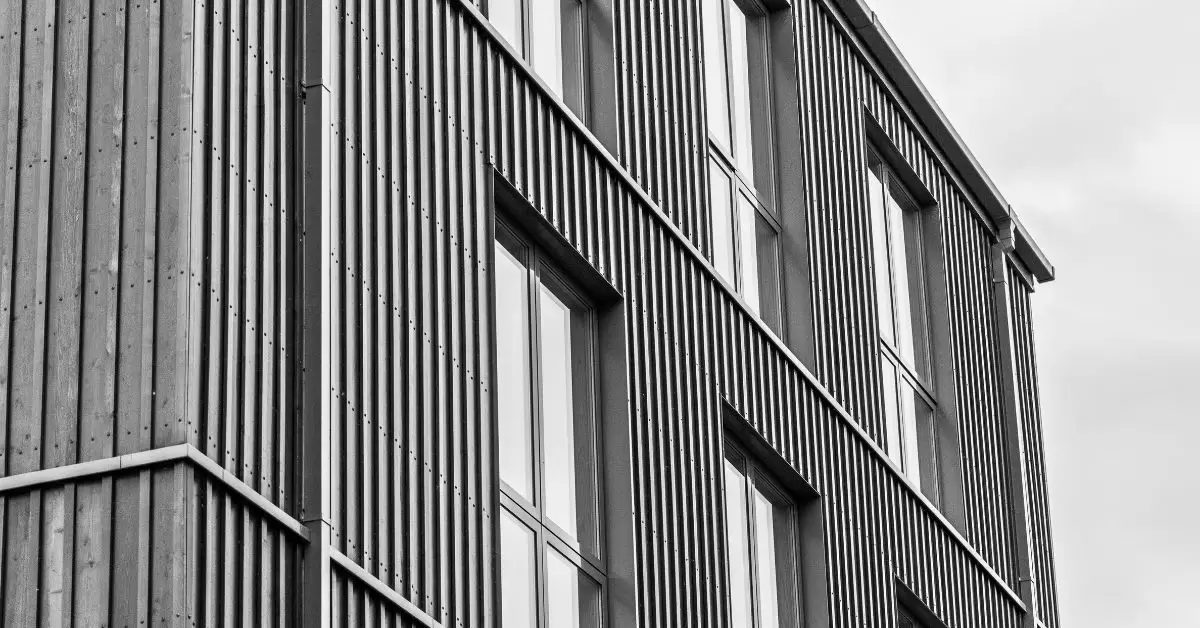
The Rainscreen cladding system is made with three different layers, a bearing wall, an insulation layer and a cladding material which is fixed to the building structure. Due to these layers, an air cavity is made between the cladding material and the load-bearing wall. This created cavity this formed creates a chimney effect which is extremely useful for ventilation.
9. Clay Facade:
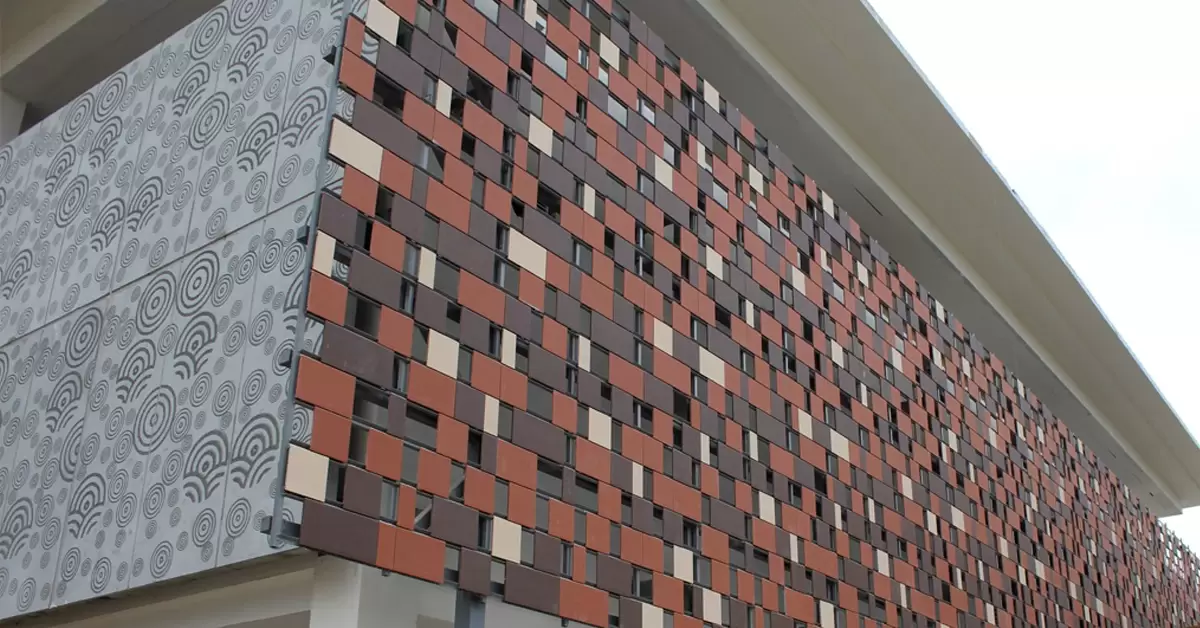
As the name points to the fact, in these facades, the panels of the facade are made of terracotta that are added to the exterior of the building. This kind of facade has been extremely common in the history. These tiles are made out of clay which is a natural element, making it sustainable as well. As technology advances there have been high improvement in the firing process, they are much more resistant to the effect of natural elements. Clay can retain its colour for a longer time as compared to paint, as paint loses its colour with time. These facades are highly durable and can last for decades without much maintenance.
10. Steel Facade:
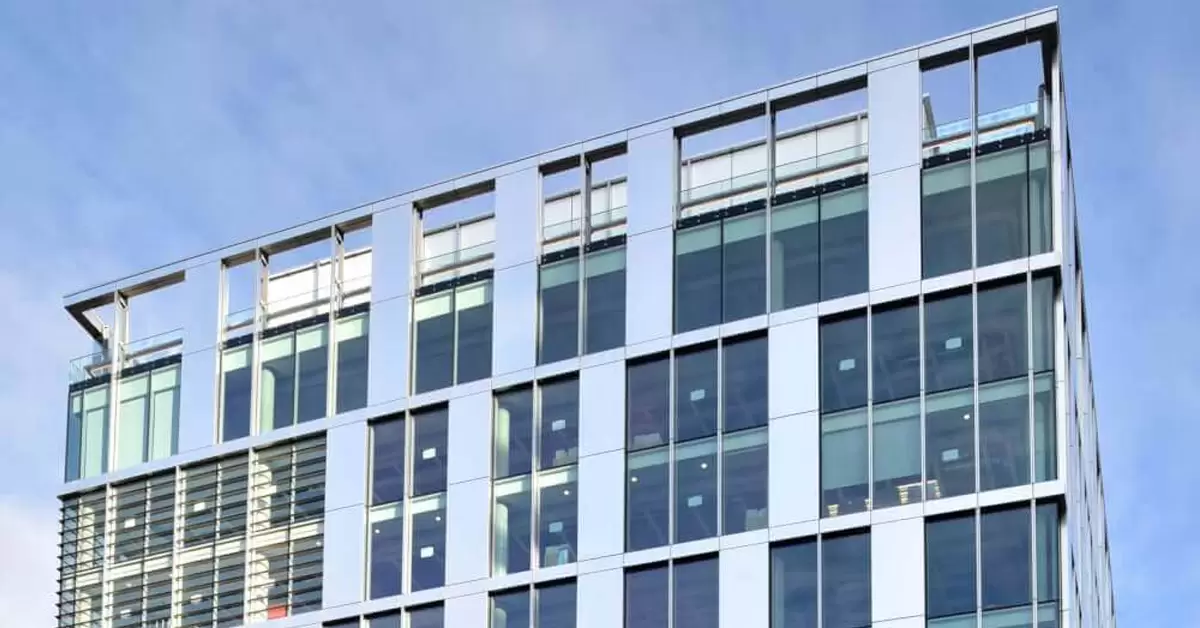
These facades are made out of hollow steel and are common in modern buildings and are mainly used to enhance the visual appeal of the building. They are made out of flat and rigidized cassette panels etc. These are popular in lavish and modern structures to create a face that speaks for the experience inside the building.
Professional Required For Facades
When it comes to choosing the facade that will suit your needs and project, you must consult with a Facade Consultant. These consultants analyse the type of your building, project type and scale, environment etc, to suggest the type of facade that will provide you with the best possible results and long-term savings.
To carry out the facade that you finalise, Facade Contactors come into play. These professionals analyse your needs and budget and then execute the complete the entire facade-related work. Be it the acquisition of materials or the actual installation. These professionals aim to streamline the process of facade installation for your properties and ensure a hassle-free experience for you as their client.
Conclusion
Facades, which were earlier viewed as just visual installations, are now becoming increasingly popular and essential in newer buildings as technology advances. The installations of facades not only ensure that the building is attractive to invite customers and visitors, but also protect the exterior of the building and also protects from the brunt of natural elements like sunlight, rain and heatwaves. These installations can improve the overall economic value of the building and due to their acoustic and insulating properties also increase long-term savings.
Read Also: Facade Design & Technology for Fire Safety in Buildings

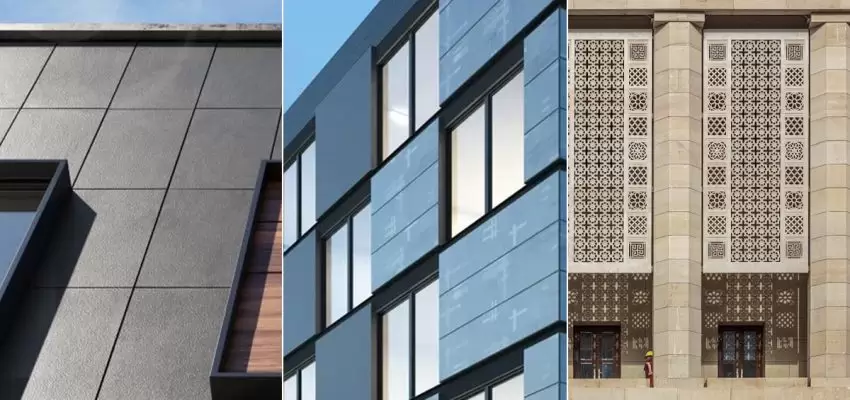
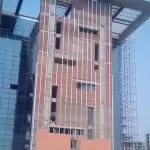
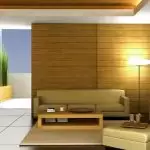
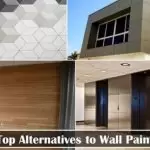
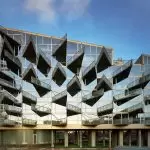

















Post A Comment